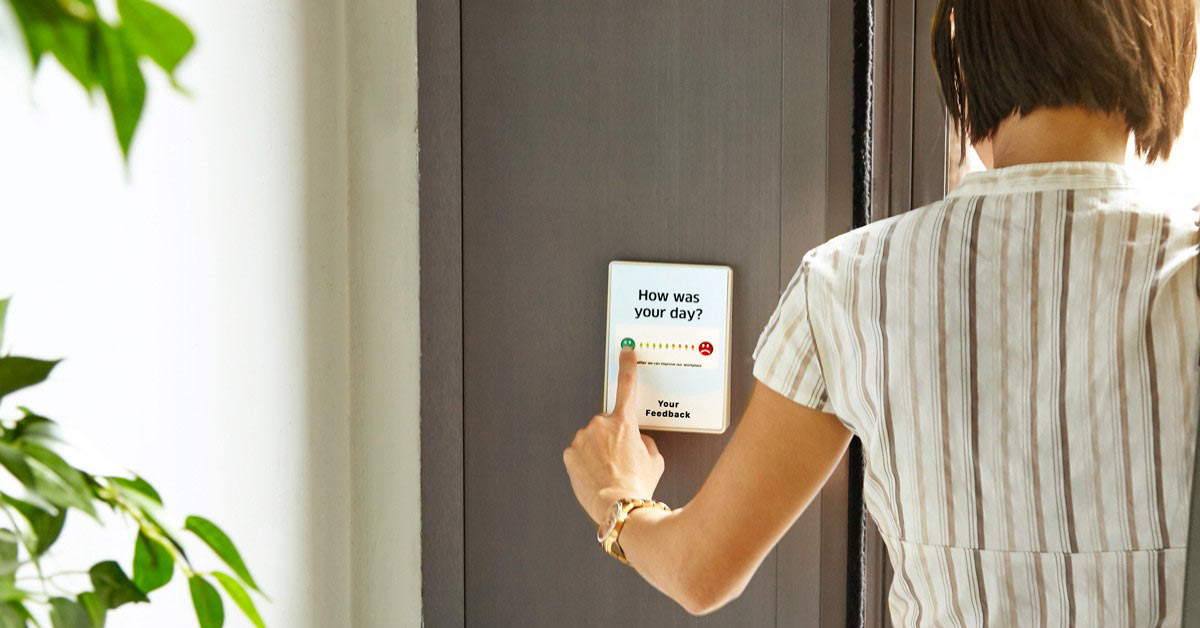- How do I give constructive creative feedback?
- How does giving constructive creative feedback help me?
- What should I do if creative ideas aren’t hitting the mark or meeting my goals?
Imagine a chef asks her assistant to make a cake for an event at her restaurant.
The assistant makes a cake after cake, but the chef doesn’t seem to be satisfied with any of them. When the assistant asks her what’s not working, the chef just says, “I don’t like it,” and “why did you use eggs?”
Turns out that none of the cakes were successful because the chef had failed to mention that it’s a wedding cake for a vegan couple. What could the chef have done differently to achieve the desired result (a delicious vegan cake)?
In order to achieve the desired result, the chef should give detailed and constructive feedback to her assistant, like explaining the goals (a delicious wedding cake) and parameters (no dairy, no eggs) of the assignment. The same goes for giving any type of creative feedback.
Wait, what if you’re not a chef or someone in charge of creative output? Why might you need to know how to give feedback on creative matters?
It’s important because you’ll likely end up in a situation that requires you to give your two cents on something creative. It might be copy or graphics for a new power tool brochure or even the layout of your store.
Depending on the scope of the project and your resources, hire an external agency or use an in-house creative team. For a one-off project, like designing a pinata for your company’s annual party, you can work with a freelancer.
In any case, it’s important that the feedback process runs smoothly so you’ll get the best results. Knowing how to give feedback in the right way will save you time and money. Get everyone on the same page, and keep team morale high.
No matter what the creative initiative is – whether it’s an ad campaign or a holiday ecard – your first step should be to write a creative brief.
Think of a creative brief as a guidebook that helps you and your team navigate the creative process. It outlines goals, timeline, parameters, and deliverables – basically, any information that can help your creative team meet expectations.
The brief holds everyone, including you, accountable. You can’t expect good results if you switch up the parameters or judge work by a new objective.
This means that the feedback you give should line up with the goals outlined in the brief. You can mutually agree to change course as the project moves forward, but the brief should be a starting point that both sides can work from.
Tip: Present and discuss the creative brief in person. Talking it through with the creative team lets you answer questions, iron out any issues, and ensure that everyone is on the same page.
Once you’ve delivered and agreed to the brief, give the creative team time and space to concept their work.
After a predetermined time, have the creative team present ideas to you, and allow yourself time to formulate thoughtful and actionable feedback. When evaluating ideas, respond to the bigger picture and save the small details for later.
Your feedback and your peer’s, should always be consolidated into a unified point of view, in writing, and approved by the key stakeholders in your company.
Having one document with all the feedback helps resolve any internal conflicting opinions. It will also keep the creative team from being pulled in different directions.
In the feedback document, be very clear about what works well and what doesn’t/ this will give the creative team checkpoints to move forward from. You can also use the document as a point reference in future rounds of reviews.
Constructive feedback is about separating objective from opinion. It’s not about personal taste, but achieving what’s best for the company.
Saying, “I don’t like it” isn’t productive. Give concrete reasons and justifications for the feedback. For example, “The colour doesn’t match our brand identity,” or “This concept feels safe compared to our edgy brand voice.”
To help understand how your target audience might react to the work, get their feedback. You can survey customers or run focus groups to help you define the best outcome.
Even after following all the rules and best practices, in the end, it’s still a creative process. Creativity is human, and it requires flexibility.
The beautiful thing about creativity is that there’s no definite right or wrong. That’s also what makes it challenging. So even if you’re 100% sure you’re right, be open to dialogue throughout the process.
Avoid ordering your creative team around. Instead, have a discussion with them. If you feel like they’re missing that mark, ask the reasoning behind their choices. Then, offer your point of view as a thought-starter, not as a mandatory solution.
Don’t hesitate to give strong negative feedback as soon as you see a problem. It’s much better to fix problems as soon as they arise than to let the creative team go down the wrong path.
But what happens if after what you say, no matter how calm you are throughout the process, the creative team keeps missing the mark?
There are a few reasons why this might happen. The creative team may not understand the brief and/or feedback. In that case, it’s helpful to take them through the material again and have them explain how they’re interpreting the task.
Another reason for missing the mark could be creative differences. If both sides are at an impasse, the most senior stakeholder may have to take a strong position to diffuse the situation and move forward.
A third possibility is that the creative team is simply not up to snuff. If you notice that the creative team isn’t delivering the work you’re expecting, it’s okay to consider a change. However, remember to handle it in a professional manner.
Here are 3 questions to get the conversation started with your creative team:
- How will this online ad (project) idea help us target millennials (project’s goal)?
- Does the proposed look and feel match our fun (adjective to describe brand) brand identity?
- I’m not sure about the colours (element to comment on). It feels too traditional (adjective you wouldn’t use to describe your brand). Can we explore other options?
References: Google Webmasters, Think With Google, Google Primer





